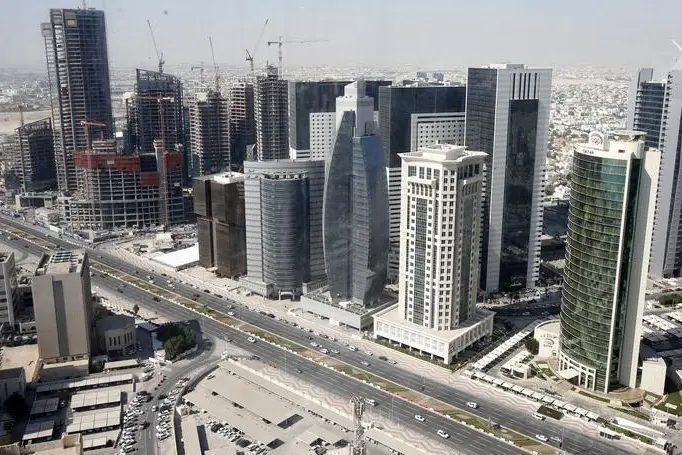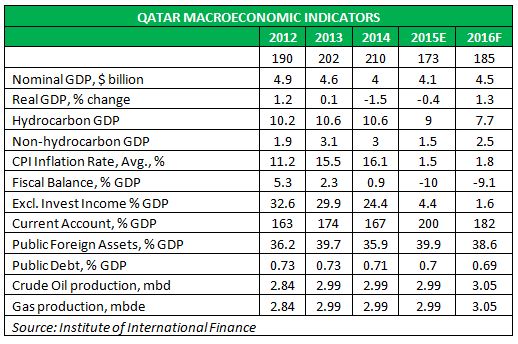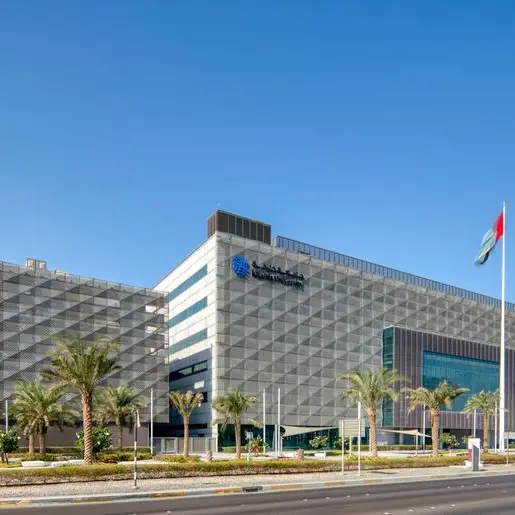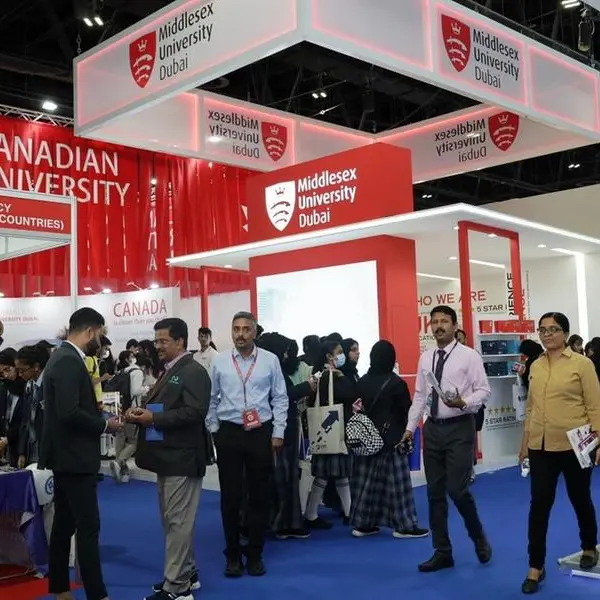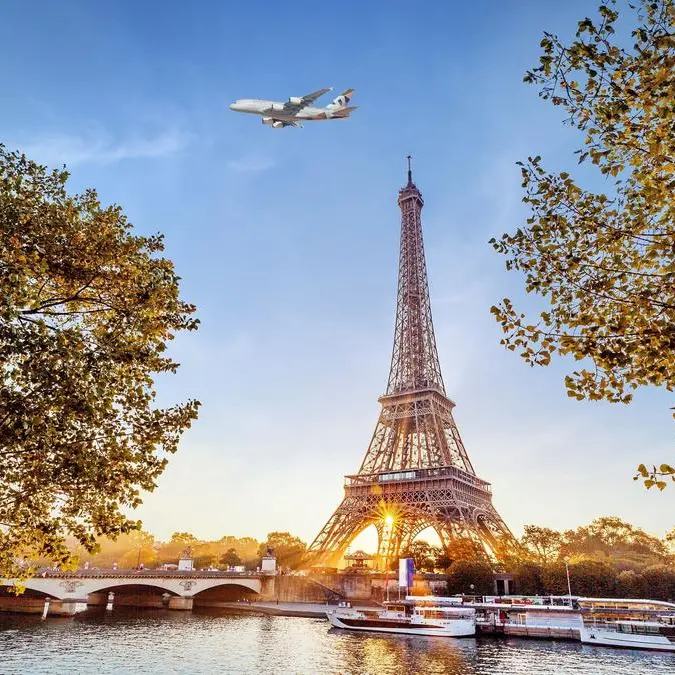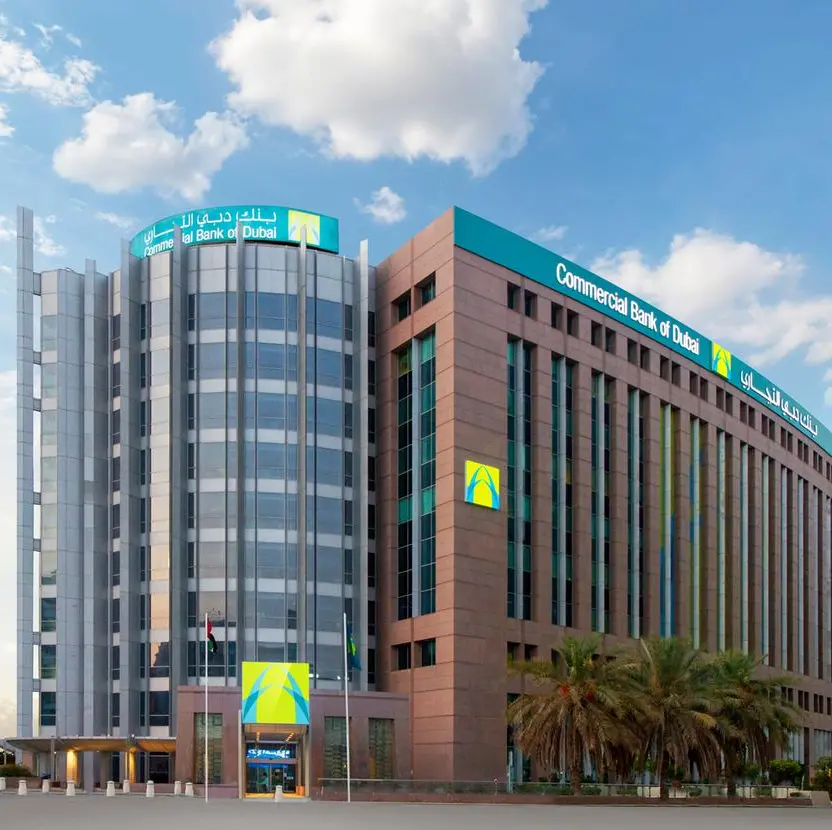PHOTO
Qatar's fiscal buffers and sizeable assets can sustain public investment.
Qatar is expected to remain one of the fastest-growing economies in the Middle East on the back of strong investment income and continued government spending on tourism and infrastructure projects despite shrinking energy revenues, analysts said.
The Gulf Arab state, an OPEC oil producer and the world's largest LNG exporter, is arguably one of the most financially secure economies, anchored by long-term liquefied natural gas (LNG) contracts and strong fiscal reserves that provide a cushion against a protracted commodity downturn.
"Despite the oil price shock, real GDP growth in Qatar will likely remain relatively strong over the next two years. The government's fiscal buffers and sizeable assets will sustain public investment, which in turn will support non-hydrocarbon growth," says Steffen Dyck, a VP-senior analyst at Moody's.
Figures from the Qatar central bank highlight that traditional hydrocarbon-related revenues are increasingly balanced by non-oil income sources. Real gross domestic product (GDP) grew 4.8% in the second quarter of 2015, led by the non-hydrocarbon sector which shot up 9.1%.
"We expect average growth of 5% from 2015-17, with upside risks at the later stage if oil prices retrace more than expected," Dauba-Pantanacce, a senior economist with Standard Chartered Bank, said in a report.
The share of investment in GDP edged up to 32.4% in 2014 from 28.6% in 2013 on rising capital spending from the government, and analysts expect that figure to rise in 2015 too.
INFRASTRUCTURE SPENDING
Qatar published its 2016 budget in December which projected a deficit of QAR 46.5 billion (USD 12.8 billion), its first in 15 years. It forecast revenues of QAR 156 billion and expenditures of QAR 202.5 billion, compared with QAR 226 billion and QAR 218.4 billion respectively in the previous budget.
The government asked banks to provide a USD 5.5 billion loan to help reduce its domestic borrowing.
The finance minister said in remarks published by the state news agency QNA that the 2016 budget would maintain spending in key sectors like health, education, infrastructure and transport.
Qatar's estimated spend on physical infrastructure is USD 200 billion between 2014 and 2022. While significant spending is being devoted to prepare for the 2022 World Cup, projects directly related to the event account for less than 10% of the planned total.
Not only do the infrastructure projects satisfy demand for services like transport, healthcare and education, they also add to demand by attracting foreign workers.
"We expect the shares of private consumption and investment to increase on high population growth and strong government investments," Qatar National Bank said in a report in January.
The population could reach 2.8 million by 2018, which would represent a 75% increase in eight years, according to Standard Chartered Bank.
"This would support the housing, financial services, retail, construction and entertainment sectors, although it would also likely put further pressure on the import bill," said Dauba-Pantanacce.
RESTRAINT
The Institute of International Finance said that Qatar's fiscal accounts have been stronger than expected in the 2014/2015 fiscal year, "reflecting expenditure restraint and robust revenues on the back of record investment income."
Based on Brent crude oil price forecast of an average USD 55 per barrel in 2015 and USD 53 in 2016, the government's fiscal surplus would decline to 6.4% of GDP in 2015, from 16.7% in 2014, and would turn into a small deficit of 2.4% of GDP in 2016.
Finance Minister Ali Sherif Al-Emadi recently said that the country's budget break-even price will be lower than the USD 65 per barrel, which was used in the budget for 2015.
There are signs that the government is looking to impose greater discipline on current spending and potentially raising tax revenue. At the margin, this could act as a brake on projected growth rates, but on a longer view might be healthy in that it would tend to ensure a more efficient use of resources.
The prudence is important as Qatar navigates through an uncertain global natural gas demand. The influx of new LNG supplies eyeing the Asian market is a concern for Qatar which is currently the world's largest LNG exporter.
In a move to ensure Qatar keep its favoured position in Asia, state-owned Rasgas renegotiated a 25-year contract with Petronet LNG allowing India's biggest gas importer to buy LNG at almost half the original price.
Under the new contract, Rasgas will supply LNG to Petronet at USD 6-7 per million British thermal units (mmBtu) from Jan. 1, sharply lower than USD 12-13 per mmbtu agreed earlier, Reuters quoted the Indian oil minister as saying in December.
Such a move would bring the Qatar-Petronet contract in line with most other oil linked LNG contracts signed over the past five years.
RasGas also waived off a USD 1.5 billion penalty against Petronet for falling short on volume nominations by taking only 68% of its 7.5 million-tonnes contractual obligation.
©The article is produced by frontiernations.com exclusively for Zawya.com
© Zawya 2016
